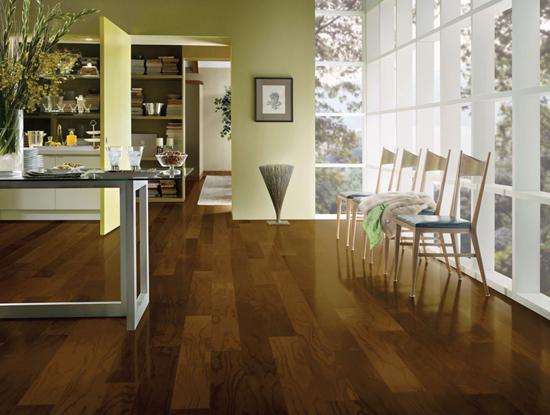Focus 100 Retail - November 2010
By Darius Helm and Kemp Harr
Following last year’s extremely tough residential flooring market, 2010 started with positive momentum, and there was good reason to believe things were moving in the right direction, albeit slowly, mirroring signs of a strengthening economy. But following the expiration of the home buyer tax credit at the end of April and in the wake of continuing difficulties with credit and high unemployment, the residential flooring market dipped again over the summer, and now it looks like the traditionally robust fourth quarter will also fall short of expectations.
While early predictions were for gains of a couple of points in the residential flooring industry, now it’s looking more like the industry will be a couple of points down by year end.
Last August marked the four year anniversary of the turn in the housing market, but back then the unemployment rate was less than 5%. Now it’s hovering around 9.6%, representing 14.8 million people, which means that at least seven million more people are out of work now than four years ago. And more than six million people have been out of work for at least half a year.
The home buyer tax credit had a significant impact on the residential builder market this year, but the consensus among industry experts is that real growth won’t come until employment numbers improve.
On a positive note, mortgage rates have never been more attractive. By mid October, 30-year fixed-rate mortgages averaged 4.19%, according to a recent Freddie Mac survey, the lowest on record, while the 15-year fixed-rate fell to 3.62%.
It’s worth noting that pent-up demand remains a factor, whether that demand is realized suddenly or gradually. Rental apartments are in need of refurbishing, as are millions of homes, and when the economic fever finally breaks, that demand will boost the residential flooring business. However, those who have fought hardest to stay visible and attract customers during these lean years—particularly those who have built a web presence that engages consumers and lures them into their stores—will benefit at the expense of those who have done little more than turn up their collars and wait for conditions to improve. So there’s a good chance that the upswing will generate a new round of retailer closings.
Despite a sharp slump in 2009, the commercial market has fared better than the residential market. First, the commercial slowdown followed behind the residential slowdown by a year or so, and now signs are that it’s picking up at a faster rate, and next year (barring unforeseen circumstances) commercial business should show healthy gains.
For the complete Top 100 Retail story, see the November 2010 issue of Floor Focus Magazine.
Copyright 2010 Floor Focus
